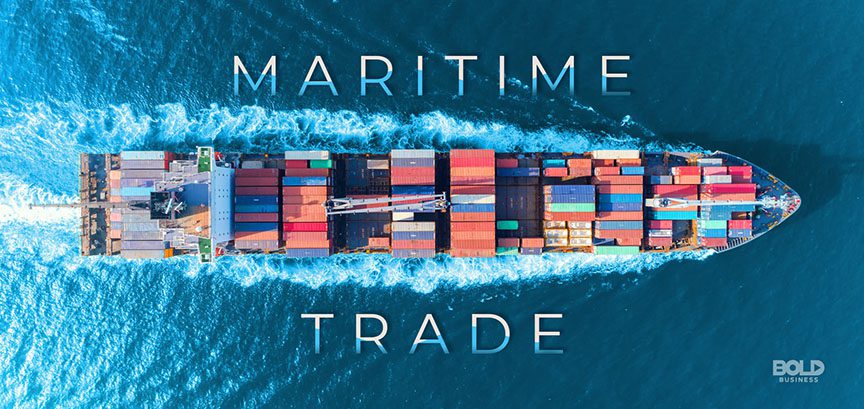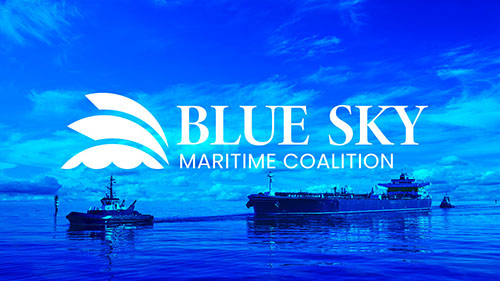1. General Overview of Ulsan Port Regulations
Ulsan Port operates under the jurisdiction of the Korea Coast Guard and the Ministry of Oceans and Fisheries (MOF), adhering to:
– Maritime Safety Act (Act No. 18445, amended 2023)
– Port Act (Act No. 18901, amended 2022)
– International Convention for the Safety of Life at Sea (SOLAS 1974, as amended)
– International Ship and Port Facility Security (ISPS) Code
– MARPOL 73/78 Annexes I-VI (enforced under Marine Environment Management Act Article 15)
– International Maritime Dangerous Goods (IMDG) Code (MOF Notice 2021-89)
– International Convention on Standards of Training, Certification and Watchkeeping for Seafarers (STCW)
– International Convention on Load Lines (ICLL 1966)
2. Vessel Entry and Departure Procedures
2.1 Pre-arrival Notification
– Mandatory submission of Advance Notice of Arrival (ANOAs) 24 hours prior to entry via Korea Maritime Transportation Safety Authority (KOMSA) electronic system (V-PASS).
– Required documents: Ship registry, crew list, cargo manifest, last port clearance, and IMO Hazardous Goods Declaration (if applicable).
– LNG carriers must submit additional safety plans per Ulsan Port LNG Terminal Operating Guidelines (UPA 2023-05).
– Vessels carrying radioactive materials require special clearance from Korea Nuclear Safety and Security Commission.
2.2 Port Clearance
– Vessels must undergo inspection by KOMSA for compliance with SOLAS, ISPS, and MARPOL.
– Non-compliant vessels may face detention under Port Act Article 12 or fines up to KRW 30 million (Enforcement Decree 2023-121).
– Priority clearance for vessels with Green Ship Certification (MOF Regulation 2022-34).
– Special provisions for vessels in distress under Maritime Safety Act Article 32.
3. Navigation and Operational Rules
3.1 Speed Limits
– 10 knots within inner harbor (MOF Notice 2023-78).
– 15 knots in approach channels (UPA Ordinance No. 2022-11).
– LNG carrier escort zones: 8 knots max (Ulsan Port Special Safety Zone Rules 2021).
– Vessels >50,000 DWT restricted to 6 knots within 1km of oil terminals.
3.2 Anchorage Areas
– Designated anchorage zones (A1-A3) specified in UPA Navigation Guideline 2021.
– Prohibited anchoring within 500m of LNG terminals (MOF Regulation 2020-45).
– Dynamic Positioning (DP) vessels require prior approval (KOMSA Circular 2022-07).
– Emergency anchorage areas marked on UPA Chart No. UL-2023-01.
3.3 Pilotage and Tug Requirements
– Compulsory pilotage for vessels >500 GT (Korea Pilotage Act Article 5).
– Minimum tug assistance:
– 1 tug for vessels 10,000-50,000 DWT
– 2 tugs for vessels >50,000 DWT (UPA Standard 2020).
– Special handling requirements for VLCCs at Ulsan Oil Terminal (UPA Notice 2022-18).
3.4 Berthing Operations
– Maximum allowable mooring line tension: 60% of MBL (UPA Safety Standard 2021).
– Mandatory fender inspection before berthing (KOMSA Regulation 2023-05).
– Prohibited operations during typhoon warnings (MOF Notice 2021-33).
4. Safety and Environmental Compliance
4.1 Crew Safety
– Mandatory lifeboat drills every 14 days (SOLAS Chapter III).
– Port-side emergency medical support through Ulsan Port Medical Center (MOF-certified, ISO 9001:2015).
– Crew change protocols follow Korea Quarantine Agency Guidelines (2023).
– Mandatory personal protective equipment (PPE) in terminal areas (UPA Safety Code 2022).
4.2 Pollution Control
– Zero discharge policy for oil/chemical waste (Marine Environment Management Act Article 20).
– Fines up to KRW 50 million for violations (Enforcement Decree 2023-121).
– Mandatory use of Port Reception Facilities for waste disposal (MARPOL Annex V).
– Real-time air monitoring for SOx/NOx (MOF Regulation 2021-112).
– Ballast water management according to BWM Convention (MOF Notice 2022-45).
4.3 Dangerous Goods Handling
– IMDG Code Class 1/2.1 cargoes require 48-hour prior notice (UPA Notice 2022-15).
– Explosive zones: 1,000m exclusion radius during operations (Korea Industrial Safety Act).
– Special stowage requirements for hazardous materials (UPA Dangerous Cargo Regulation 2023).
4.4 Fire Safety
– Mandatory fire drills every month (SOLAS Chapter II-2).
– Port firefighting capability: 10,000 tons/hour (UPA Fire Safety Report 2023).
– Special fire watch requirements for tankers in port (KOMSA Circular 2022-12).
5. Enforcement Measures
5.1 Inspection Regime
– Random inspections by KOMSA (annual inspection rate: 23% per 2022 KOMSA report).
– Priority inspection for vessels with prior deficiencies or high-risk flags (Paris MoU criteria).
– Electronic logbook checks via KOMSA e-Inspection System (mandatory since 2021).
– Special inspection regime for bulk carriers >15 years old (MOF Regulation 2023-08).
5.2 Penalties
– Classified under Port Act Articles 45-48:
– Minor violations: Corrective orders (e.g., improper garbage segregation)
– Major violations: Fines (up to KRW 100M) or operation suspension (e.g., unauthorized LNG zone entry)
– Repeat offenders may face vessel blacklisting (MOF Notice 2023-66).
– Criminal liability for willful violations endangering safety (Maritime Safety Act Article 78).
6. Port Facilities and Services
6.1 Terminal Specifications
– Main Oil Terminal: 4 berths (max DWT 300,000)
– LNG Terminal: 2 berths (max DWT 150,000)
– Container Terminal: 6 berths (max DWT 100,000)
– All berth specifications published in UPA Port Facility Register 2023.
6.2 Port Services
– 24/7 VTS coverage (VHF Channels 12/16)
– Emergency towing available (UPA Tugboat Standard 2022)
– Bunkering services compliant with ISO 8217:2017
7. Compliance Certification
– Valid ISSC (International Ship Security Certificate) required for all vessels.
– Korean-flagged vessels must hold MOF Safety Management Certificate (SMC).
– Port facilities comply with ISO 28000:2022 security standards (UPA Audit Report 2023).
– Bunker suppliers must have ISO 9001:2015 certification.
– All terminal operators certified under ISPS Code Part A.





